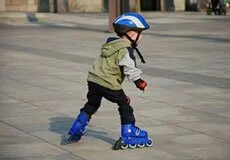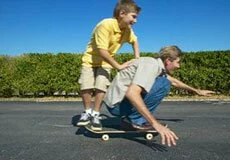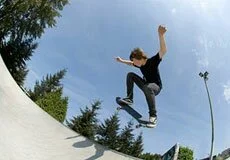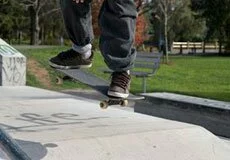The Thin On The Small Skateboard.
 How will hi-tech developments in technology affect boarding? The 1st skateboards were straightforward wood and wheel constructions. Skateboards of the future will continue these refinements, and also incorporate hi-tech technology , for example solar energy and the facility to hover, as it is developed. Today’s skateboards are rather more complicated designs, but they’re still assembled in pretty much the same demeanour. Technological advancements will affect boarding as they’re going to affect plenty of other products, by making features available that today we only dream about. There are 2 main tactics that many accept that skateboards will develop, these are motorised skateboards and hover boards. Longboards use bigger wheels than shortboards so that they can just roll over any obstruction, which fits their purpose for travel. Longboards are utilised for downhill racing or cruising in town, while shortboards are utilised for more street style skating, like ramps and pipes, and for tricks. Smaller wheels need to spin quicker to maintain the same speed.
How will hi-tech developments in technology affect boarding? The 1st skateboards were straightforward wood and wheel constructions. Skateboards of the future will continue these refinements, and also incorporate hi-tech technology , for example solar energy and the facility to hover, as it is developed. Today’s skateboards are rather more complicated designs, but they’re still assembled in pretty much the same demeanour. Technological advancements will affect boarding as they’re going to affect plenty of other products, by making features available that today we only dream about. There are 2 main tactics that many accept that skateboards will develop, these are motorised skateboards and hover boards. Longboards use bigger wheels than shortboards so that they can just roll over any obstruction, which fits their purpose for travel. Longboards are utilised for downhill racing or cruising in town, while shortboards are utilised for more street style skating, like ramps and pipes, and for tricks. Smaller wheels need to spin quicker to maintain the same speed.
There are vans that are categorical for longboards and downhill racing. ‘The electrical skateboard was developed by Californian Louis Finkle. There are many alternative shapes and depths, for both longboards and shortboards. It then took 7 years to make it to production, and 13 years on it still has to reach the balance point where we now stand on the edge of mass recognition of electrical skateboards’. Grip tape is next, happily you have only 1 choice for that item. So what’s so nice about an electrical skateboard? They are very fast. Well, after a little bit of research it feels like they’ve got more than one choice, but typically it all has to do with what colour of tape to put on the board. Yes, this won’t be an inexpensive item for you to buy.
But trust me, it is going to be something that your skater will love for a particularly long time. Some others also hold that surfers invented the skateboard so they might have something to do when the surf was flat. Folks accept that the surfers took a roller skate apart and nailed it to a 2×4 piece of wood, so they could recreate the sensation of riding the waves only on pavement. In 1958 the 1st retail skateboards were sold by Bill and Mark Richard, in Dana point, California. Older skateboards were made in the form of surfboard.




